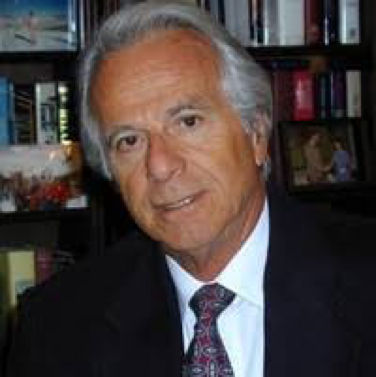In memoriam: Robert Ratay, PhD, PE, F.ASCE
 The NYU Tandon community is saddened by the recent death of Robert Ratay, who served in the 1990s and early 2000s as a professor of structural engineering at what was then generally known as Brooklyn Poly.
The NYU Tandon community is saddened by the recent death of Robert Ratay, who served in the 1990s and early 2000s as a professor of structural engineering at what was then generally known as Brooklyn Poly.
Magued Iskander, the Chair of Tandon’s Department of Civil and Urban Engineering, recalls, “During Bob’s time at the school’s former Farmingdale campus, he became a respected mentor to countless students, as well as to junior faculty members, including myself.”
Ratay’s academic career also included stints at City College of New York; Pratt Institute, where he chaired the Department of Civil Engineering before becoming Dean of the School of Engineering; and Columbia University. He is perhaps best remembered for his popular course on forensic structural engineering.
Educated at the University of Massachusetts, Amherst, where he earned bachelor’s and master’s degrees in civil engineering (in 1961 and 1962, respectively), as well as a doctoral degree in structural engineering (1969), Ratay went on to author three important and highly regarded reference books: Handbook of Temporary Structures in Construction, Forensic Structural Engineering Handbook (the first and still the only comprehensive text on the topic), and Structural Condition Assessment (which enjoys a similar status).
In addition to his time in academia, Ratay — a licensed Professional Engineer and a Fellow of the American Society of Civil Engineers (ASCE) — became a well-known figure in industry and was considered among the top experts in the field of forensic structural engineering. His private practice focused on the evaluation of structural condition and safety and on the investigation and analysis of structural and construction failures. Over the course of his career he served as a consultant or expert witness on hundreds of cases involving structural failure, and he was the originator and principal developer of the ASCE Structural Engineering Institute’s standard concerning design loads on structures during construction (ASCE/SEI 37-02).
A member of numerous national and international technical committees and advisory boards, he garnered a long list of laurels during his career, including the Palotás Award from the Federation International du Beton, the title of “top news-maker” from the editors of Engineering News-Record, and inclusion on Structural Engineer magazine’s “Power List.”
Our sincere condolences go to his family and to the many colleagues and students who will miss working with him.




